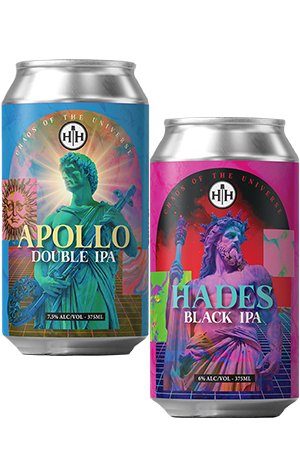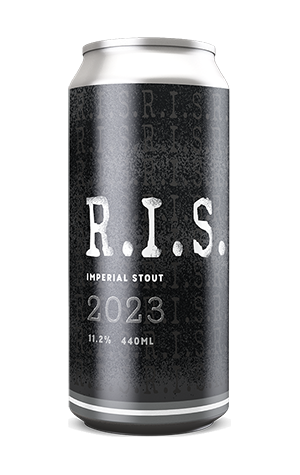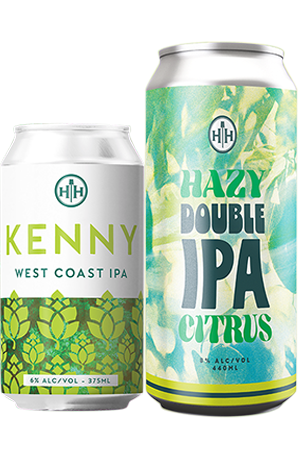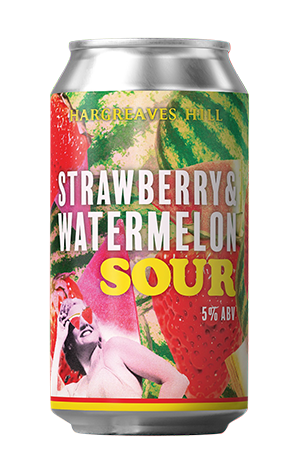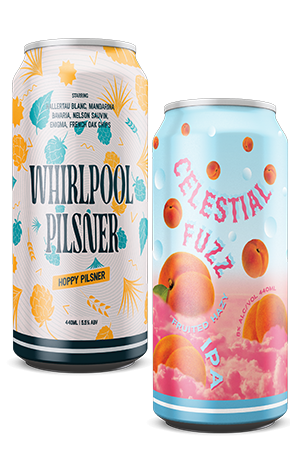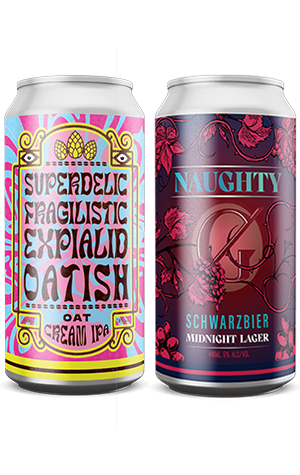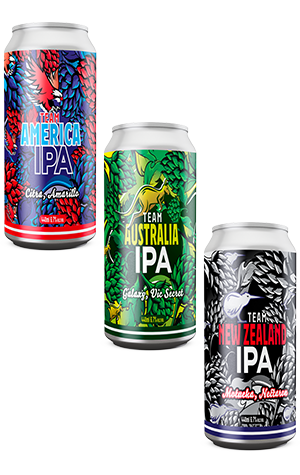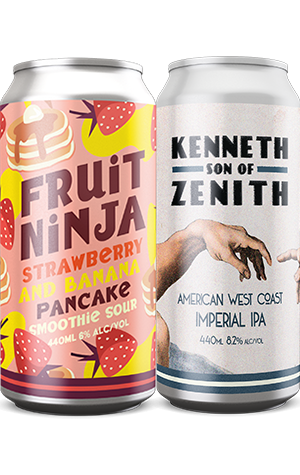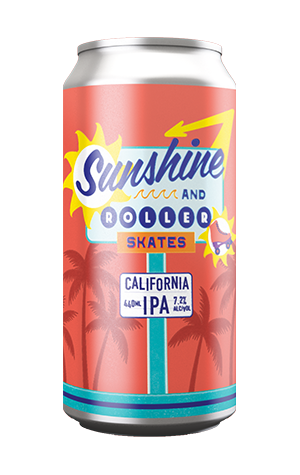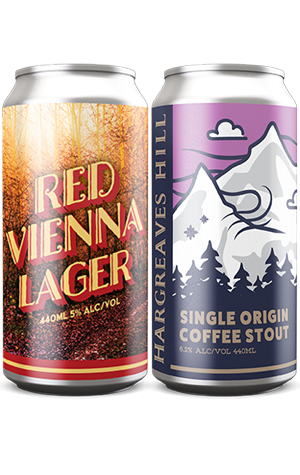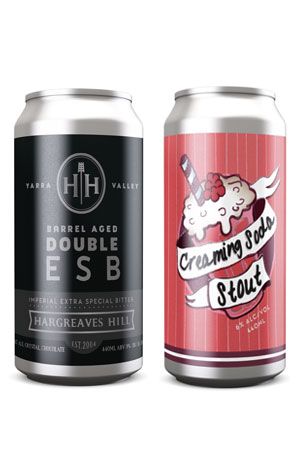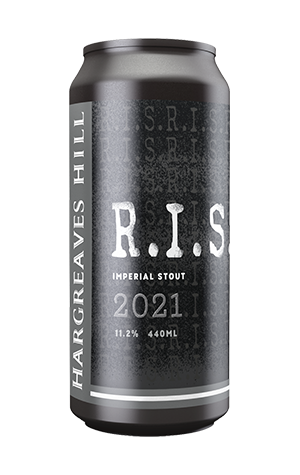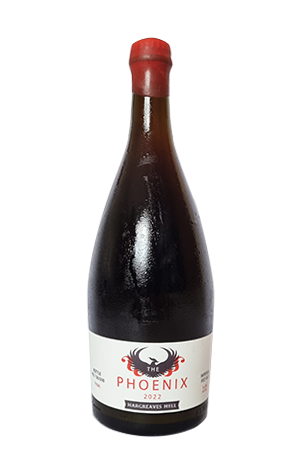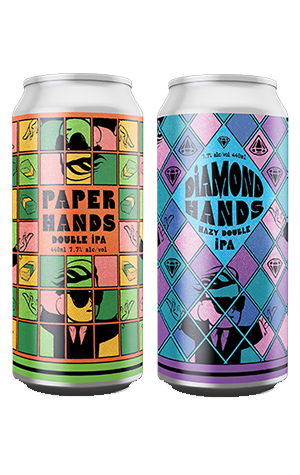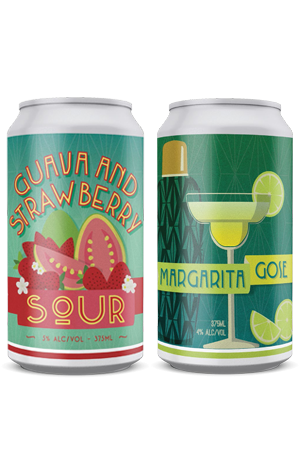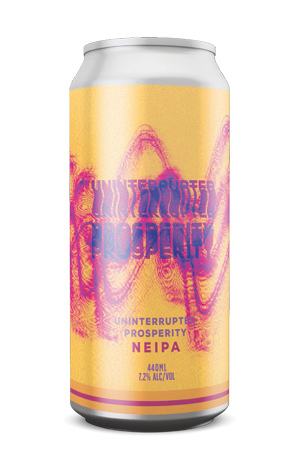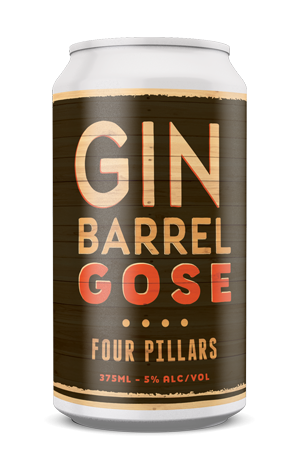It's not unusual for brewers to release multiple beers together in order to offer both insight and enjoyment. Over the time we've been publishing The Crafty Pint we've seen single hop IPA series, packs featuring the same beer fermented with different yeast strains, the same liquid presented multiple ways after spending time in different barrels, and so on. With these two beers, Hargreaves Hill are doing something similar yet a little different in order to emphasise or introduce a couple of things to their fans: how the timing of hop additions in a brew can make a huge difference to the end result, and the use of terpenes in beer.
Starting with the latter, terpenes are compounds responsible for the aromas and flavours in many plants, including hops: the plant whose flowers are used by brewers to create bitterness, aroma, flavour and a few other less showy elements in their beers. They're now available in concentrated liquid terpene format, designed to give brewers a way of supercharging the punch of their hoppy beers. Which is what Hargreaves Hill have looked to do with 0 IBU and 100 IBU.
However, just as important – if not moreso – is what they've referenced in the beers' names. IBU stands for International Bitterness Units, a measurement of how much bitterness a brewer has theoretically extracted from the hops used in the beer. Go back a decade or so and there was something of an IBU arms race as brewers chased ever bigger, hoppier, more bitter beers; for example, Mikkeller released a beer called 1000 IBU despite the fact the human palate is said to be unable detect any more bitterness above 100 or so.
In recent times, as IPAs have trended hazier, softer and juicier, many brewers have favoured adding more, most, or all hops later in the brewing process, which means the alpha acids responsible for creating bitterness aren't extracted. And, while Hargreaves Hill aren't the first Aussies to release a hazy IPA or NEIPA alongside a West Coast style IPA to showcase different aspects of hops in otherwise similar beers, they have taken the concept to a pretty extreme point here – with bonus terpenes for good measure.
Starting with 0 IBU, the brewers added all of their Citra and Idaho 7 Cryo hops late on in the process so as to extract no bitterness-creating elements, then looked to enhance the fruitiness further with Ambrosia hop terpenes. This was done within a NEIPA loaded with oats and wheat to further enhance softness. They list a veritable fruit aisle of aromas they were aiming for: pineapple, mango, tangerine, lemon, orange, lime, grapefruit, pear, nectarine, strawberry. That said, I likened the first blast of aroma to passionfruit cream, with the slow-building, fruity stickiness at the end akin to the curd from a lemon meringue pie, and mango-heavy brekkie juice providing the segue between the two. There's a real softness and roundedness to the aromatics and a texture that's along those lines too.
As for 100 IBU – a San Diego West Coast IPA – the choice of hops is like a 90s throwback as Chinook and Centennial accompany the terpenes, two-row American malt and a decent addition of crystal malt. It looks barleywine-esque with its vibrant amber / copper colour and slowly swirling off-white bubbles. Bitter orange and dank, piney resin rise from the toffee biscuits on the nose, while the bitterness is so distinct the beer doesn't stand a chance of becoming anything like as sweet as you might imagine. There’s plenty of pine / resin flavours wrapped around that bitterness too in a beer that’s sure to satisfy lovers of IPAs of yore.
Don the mortarboard and set off for a journey to very different realms of the IPA world.
James Smith
Published September 25, 2023 2023-09-25 00:00:00







